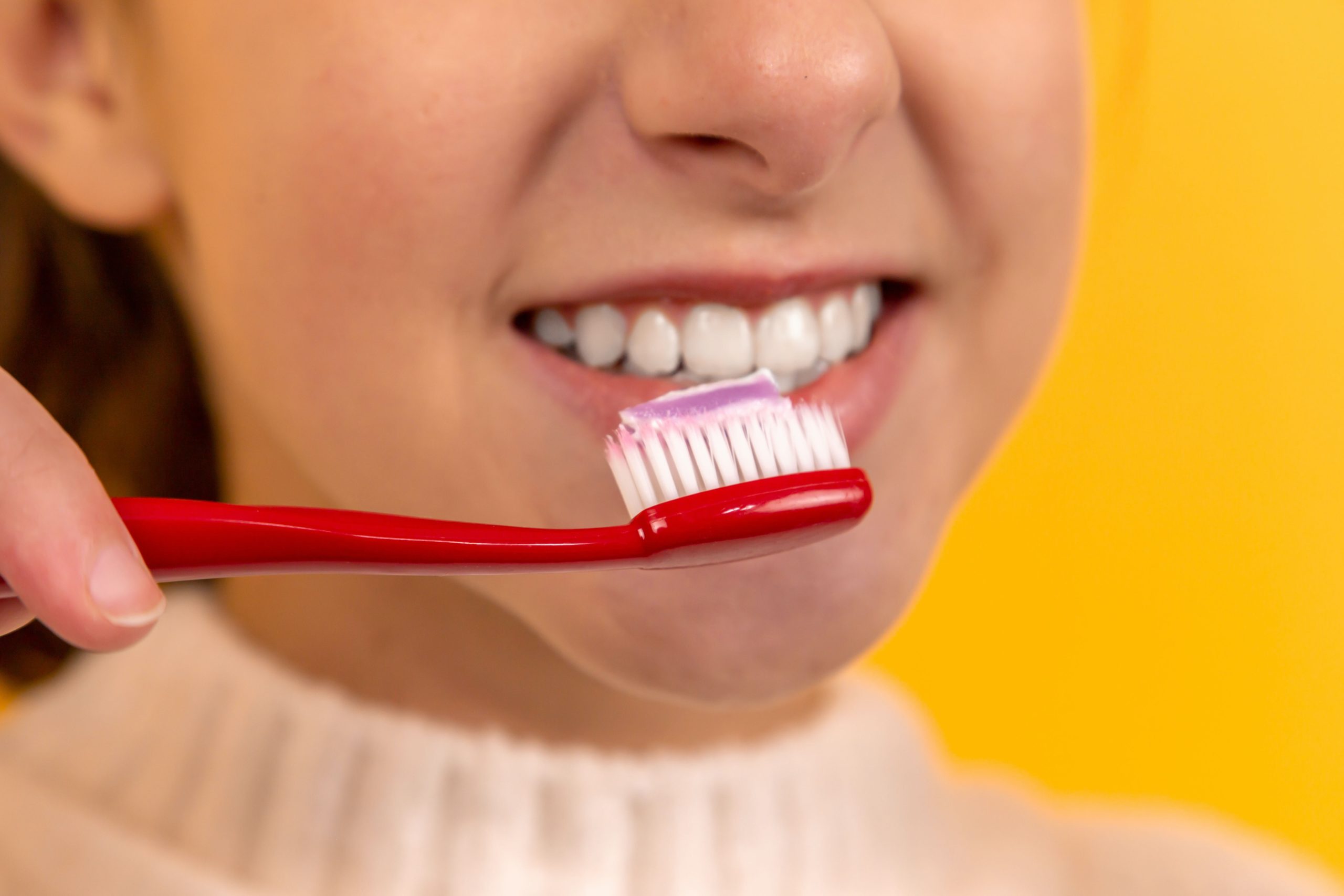Tooth extraction is a dental procedure that involves the removal of a tooth from its socket. While the primary goal of dentistry is to preserve natural teeth, there are situations in which tooth extraction becomes necessary for a child’s oral health and overall well-being. This article explores the importance of tooth extraction for children, the reasons behind it, the procedure involved, and how to ensure a comfortable experience for your child.

The Importance Of Tooth Extraction For Children
Tooth extraction in children may be necessary for various reasons:
1. Severe Tooth Decay
When a primary tooth is extensively decayed and cannot be restored through other dental treatments, extraction may be the best course of action. Removing the decayed tooth prevents further infection and allows for the healthy eruption of permanent teeth.
2. Dental Trauma Or Injury
If a primary tooth is severely damaged due to dental trauma or injury, extraction may be required. This is done to prevent infection, relieve pain, and allow for the proper development of permanent teeth.
3. Orthodontic Considerations
In certain cases, tooth extraction may be necessary as part of orthodontic treatment. Removing a tooth can create space to align the remaining teeth properly, improve bite alignment, and facilitate the successful outcome of orthodontic treatment.
4. Impacted Teeth
Impacted teeth, particularly permanent teeth, may require extraction. Impacted teeth are unable to erupt properly due to obstructions or overcrowding. Extracting impacted teeth helps prevent pain, infection, and potential complications.
The Tooth Extraction Procedure
The tooth extraction procedure for children typically involves the following steps:
- Evaluation And Planning: The dentist will examine the tooth and assess the need for extraction. X-rays may be taken to evaluate the tooth’s root structure and determine the best approach for extraction.
- Anesthesia: Local anesthesia is administered to numb the area surrounding the tooth, ensuring your child’s comfort during the procedure. In some cases, general anesthesia may be used if the extraction is complex or multiple teeth need to be removed.
- Tooth Removal: The dentist will carefully loosen the tooth using specialized dental instruments. Gently rocking the tooth back and forth helps to widen the socket and facilitate its removal. In some cases, the tooth may need to be sectioned into smaller pieces for easier extraction.
- Post-Extraction Care: The dentist will provide instructions for post-extraction care, including managing any discomfort, bleeding, or swelling. Pain relievers and cold compresses may be recommended to alleviate any discomfort or swelling.
- Follow-Up Appointments: Follow-up appointments will be scheduled to monitor the healing process and ensure proper recovery. The dentist will also discuss any necessary dental treatments or recommendations after the extraction.
Ensuring Comfort And Recovery
To ensure your child’s comfort and smooth recovery after a tooth extraction, consider the following:
- Follow Post-Extraction Instructions: Carefully follow the dentist’s instructions for post-extraction care, including any dietary restrictions and oral hygiene practices.
- Pain Management: If necessary, provide pain relief medications as directed by the dentist to alleviate any discomfort. Apply cold compresses to the affected area to reduce swelling.
- Soft Diet: Offer your child soft and nutritious foods that are easy to chew and won’t irritate the extraction site. Avoid giving hard or sticky foods that may dislodge the blood clot and impede healing.
- Oral Hygiene: Maintain good oral hygiene by encouraging gentle brushing of the remaining teeth, being careful around the extraction site. Avoid rinsing the mouth vigorously for the first 24 hours after extraction.
- Comfort And Support: Provide reassurance and emotional support to your child during the recovery process. Encourage them to communicate any discomfort or concerns to you or the dentist.
Conclusion
Tooth extraction for children becomes necessary in certain situations to ensure dental health, prevent complications, and support proper dental development. By understanding the importance of tooth extraction, familiarizing yourself with the procedure, and taking steps to ensure your child’s comfort and recovery, you can help them navigate the process with ease. Consult with a pediatric dentist to determine if tooth extraction is the appropriate treatment for your child’s dental needs.
Hey welcome to my blog . I am a modern women who love to share any tips on lifestyle, health, travel. Hope you join me in this journey!

Speak Your Mind